Buying a Home Warranty by Joe Szabo, Scottsdale Real Estate Team
 Having a home warranty may provide you with some peace of mind. But you should realize that providers of these plans build in wiggle room that can make it easier for them to deny payouts. As a result, consumers often complain to the Better Business Bureau about home warranties because they didn’t get the benefits they expected, according to Katherine Hutt, a spokeswoman for the bureau.
Having a home warranty may provide you with some peace of mind. But you should realize that providers of these plans build in wiggle room that can make it easier for them to deny payouts. As a result, consumers often complain to the Better Business Bureau about home warranties because they didn’t get the benefits they expected, according to Katherine Hutt, a spokeswoman for the bureau.
5 Questions to Ask About Coverage
 3. Am I clear about what the warranty covers? Hutt says that most of the complaints that the BBB receives about home warranties stem from the fact that consumers don’t understand the coverage their plans provide.
The takeaway: Be sure to read the terms and conditions carefully. When we examined home warranty plans, we found that some policies will cover your refrigerator but not the icemaker that comes with it. Other policies may cover your hot-water heater but not the water tank itself.
Sometimes, if your appliance breaks under certain circumstances, it won’t be covered. An oven, for instance, may not be covered if it stops working while in self-clean mode or if it’s damaged by a power surge, according to the plans we looked at.
How you care for your appliances may also matter. If you failed to perform routine maintenance or if an appliance wasn’t properly installed, the home warranty provider could argue that it can refuse to pay for repairs. There could also be a pre-existing condition—even if it wasn’t evident to you when you bought the home warranty—that allows the provider to deny coverage of the item.
4. Will this plan repair or replace a broken item? Most home warranties explain that if a repair is considered too expensive, the provider might offer to replace the broken item instead. But in a situation like this, the home warranty company may give you only the depreciated value, requiring you to pay the difference out of pocket to get the same model you had before.
5. Are there limits on how much this plan will pay out? There are, but they depend on the kind of plan you purchase and the provider. Over a 12-month membership term, the plan from America’s 1st Choice Home Club, for example, pays up to $2,000 to access, diagnose, repair, or replace each covered item.
3. Am I clear about what the warranty covers? Hutt says that most of the complaints that the BBB receives about home warranties stem from the fact that consumers don’t understand the coverage their plans provide.
The takeaway: Be sure to read the terms and conditions carefully. When we examined home warranty plans, we found that some policies will cover your refrigerator but not the icemaker that comes with it. Other policies may cover your hot-water heater but not the water tank itself.
Sometimes, if your appliance breaks under certain circumstances, it won’t be covered. An oven, for instance, may not be covered if it stops working while in self-clean mode or if it’s damaged by a power surge, according to the plans we looked at.
How you care for your appliances may also matter. If you failed to perform routine maintenance or if an appliance wasn’t properly installed, the home warranty provider could argue that it can refuse to pay for repairs. There could also be a pre-existing condition—even if it wasn’t evident to you when you bought the home warranty—that allows the provider to deny coverage of the item.
4. Will this plan repair or replace a broken item? Most home warranties explain that if a repair is considered too expensive, the provider might offer to replace the broken item instead. But in a situation like this, the home warranty company may give you only the depreciated value, requiring you to pay the difference out of pocket to get the same model you had before.
5. Are there limits on how much this plan will pay out? There are, but they depend on the kind of plan you purchase and the provider. Over a 12-month membership term, the plan from America’s 1st Choice Home Club, for example, pays up to $2,000 to access, diagnose, repair, or replace each covered item.







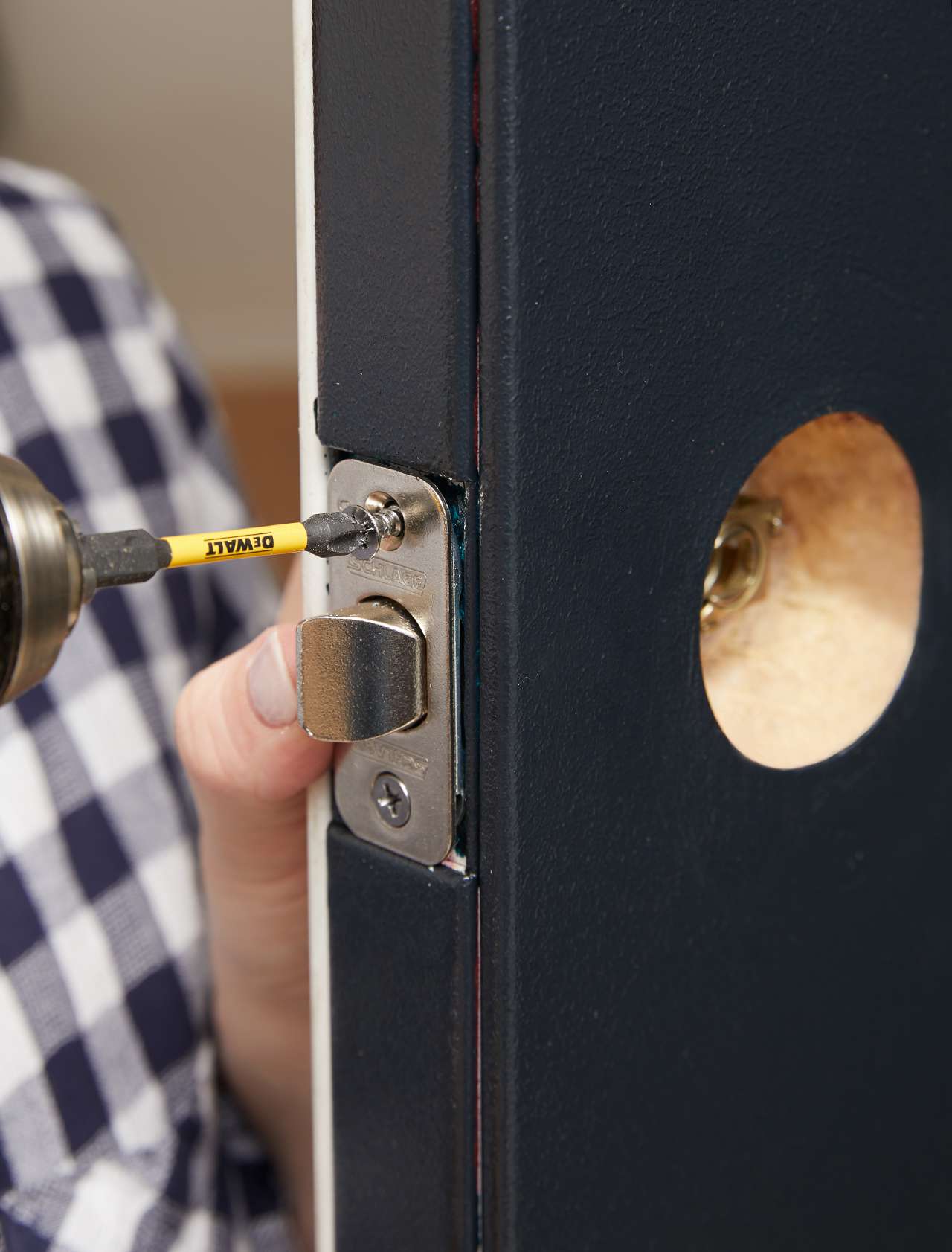
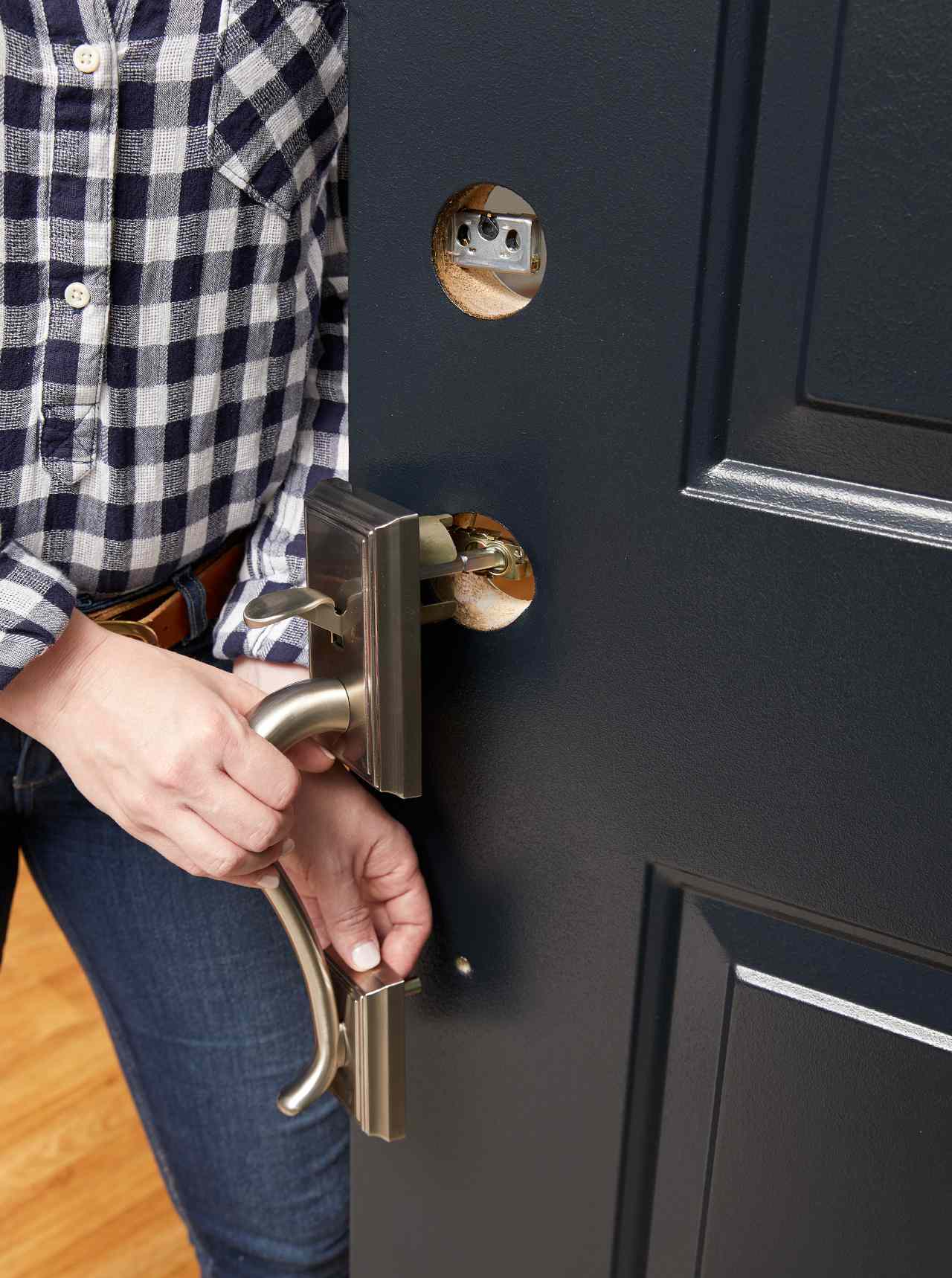
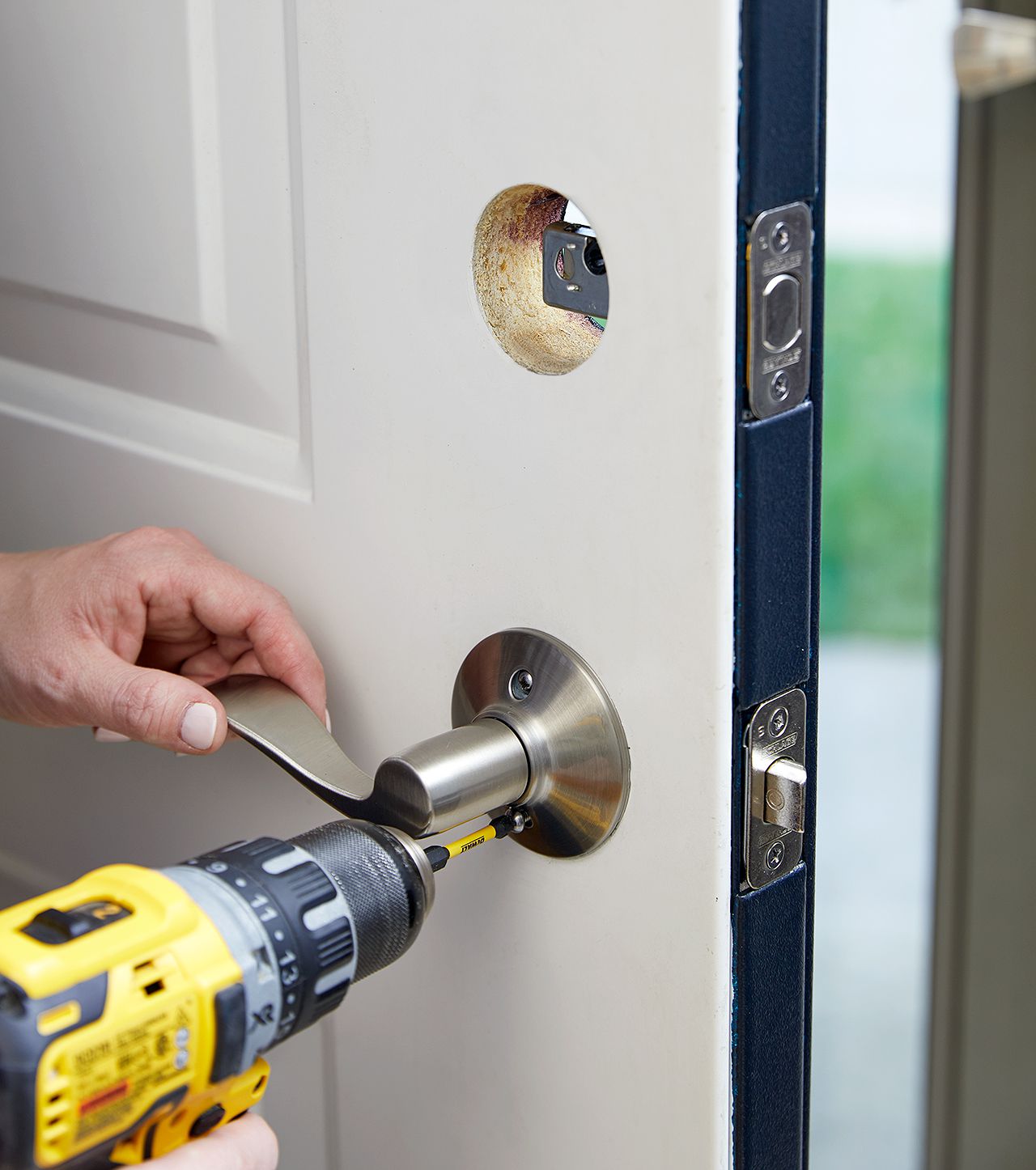
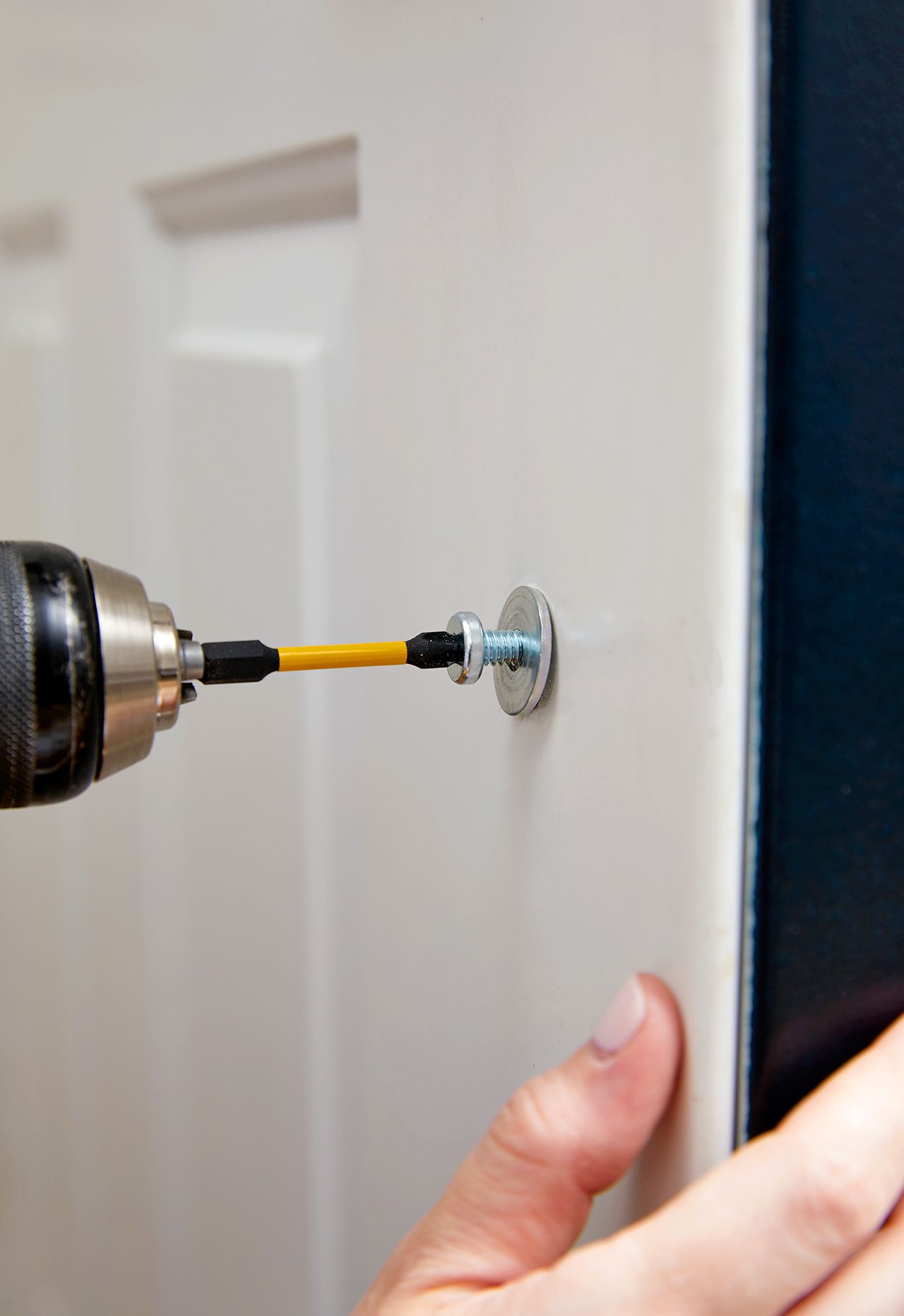
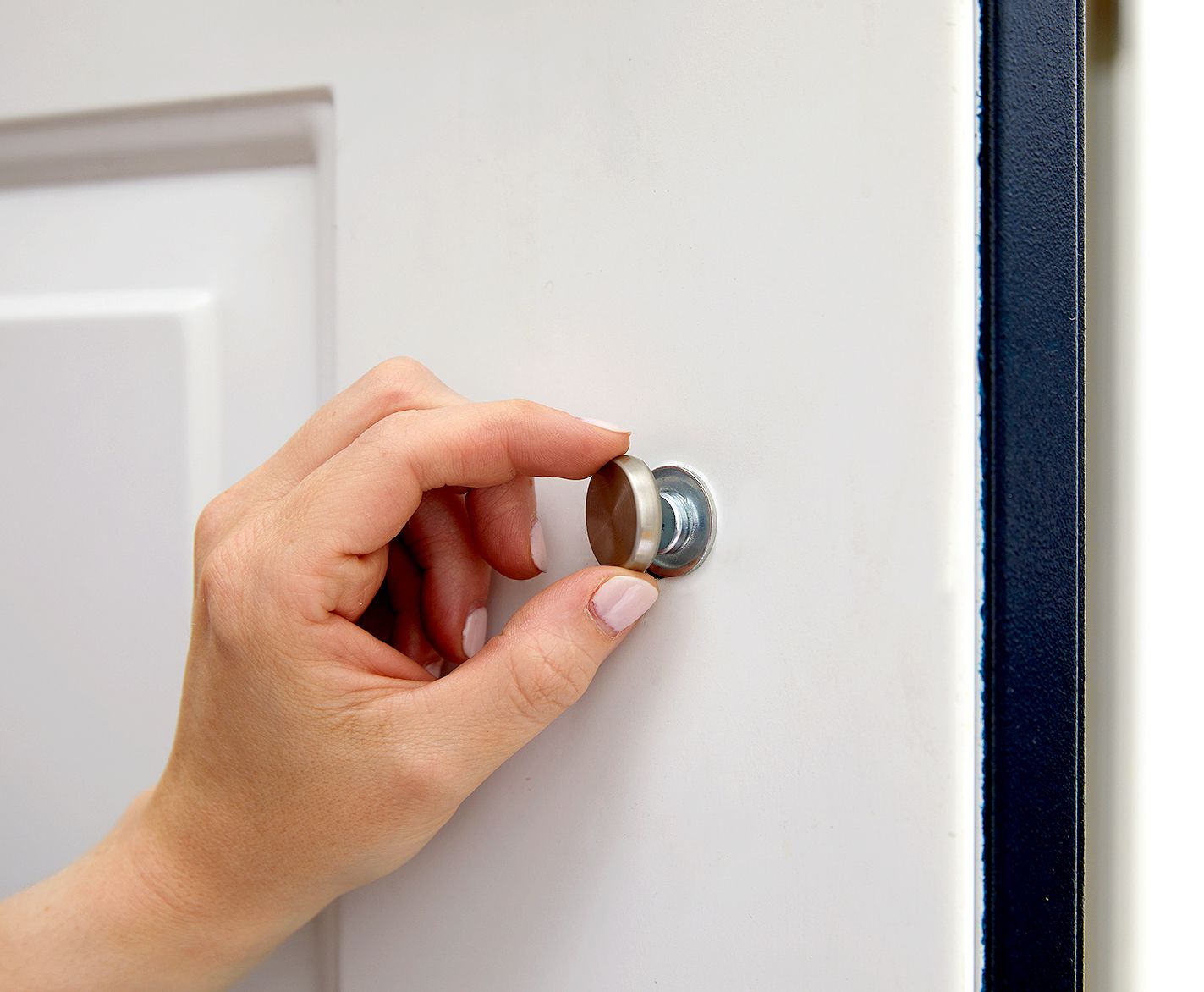
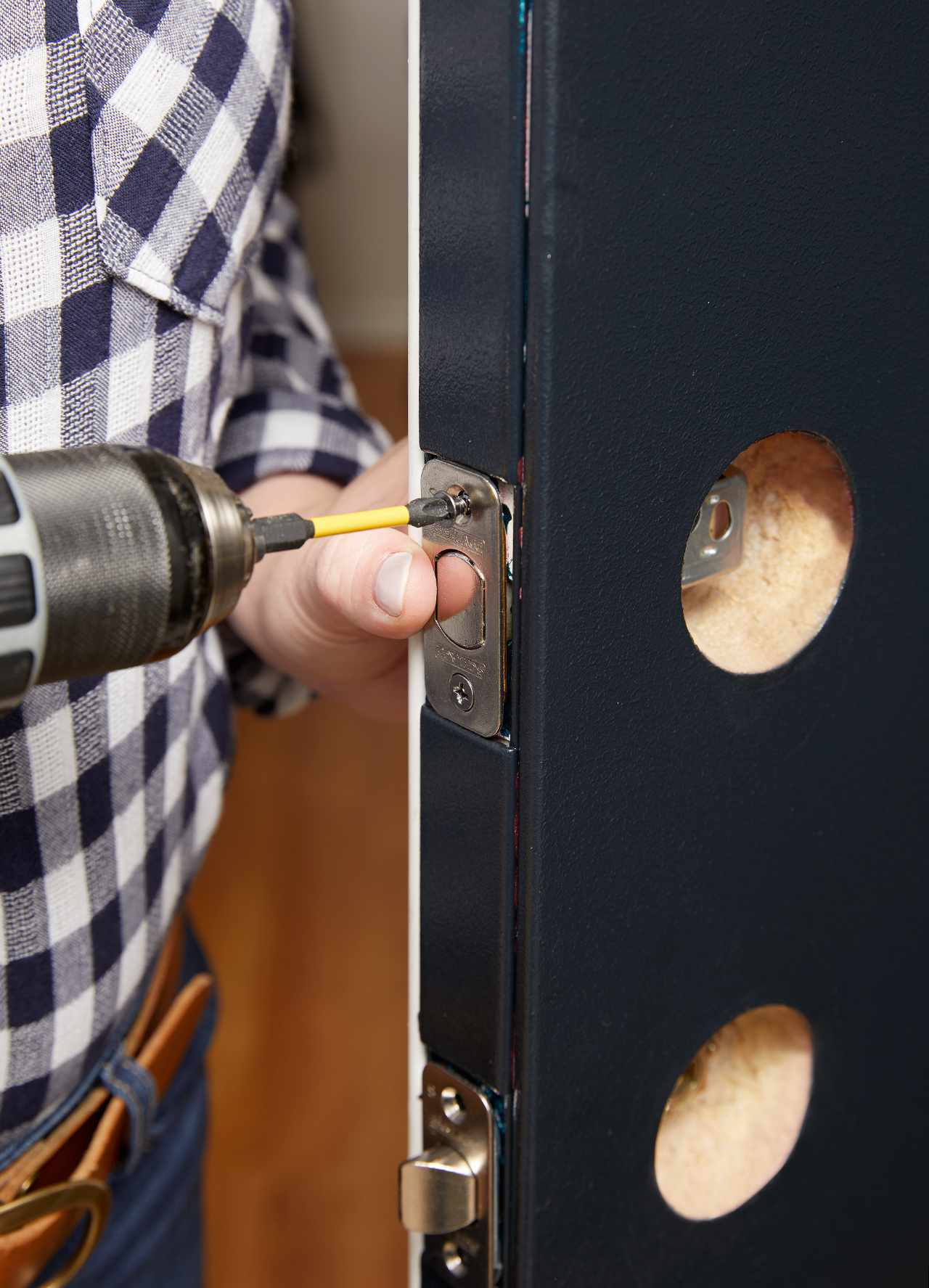
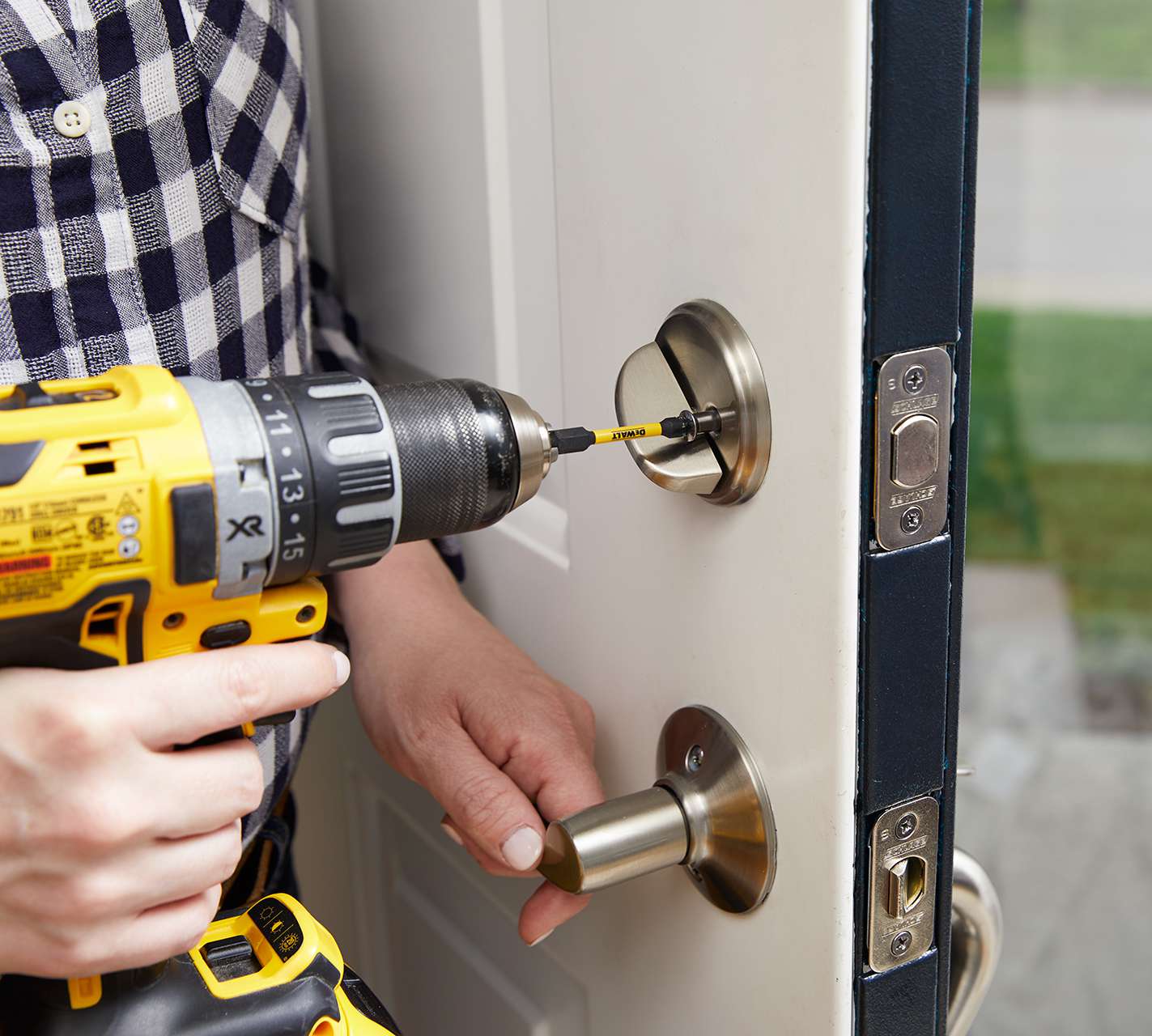
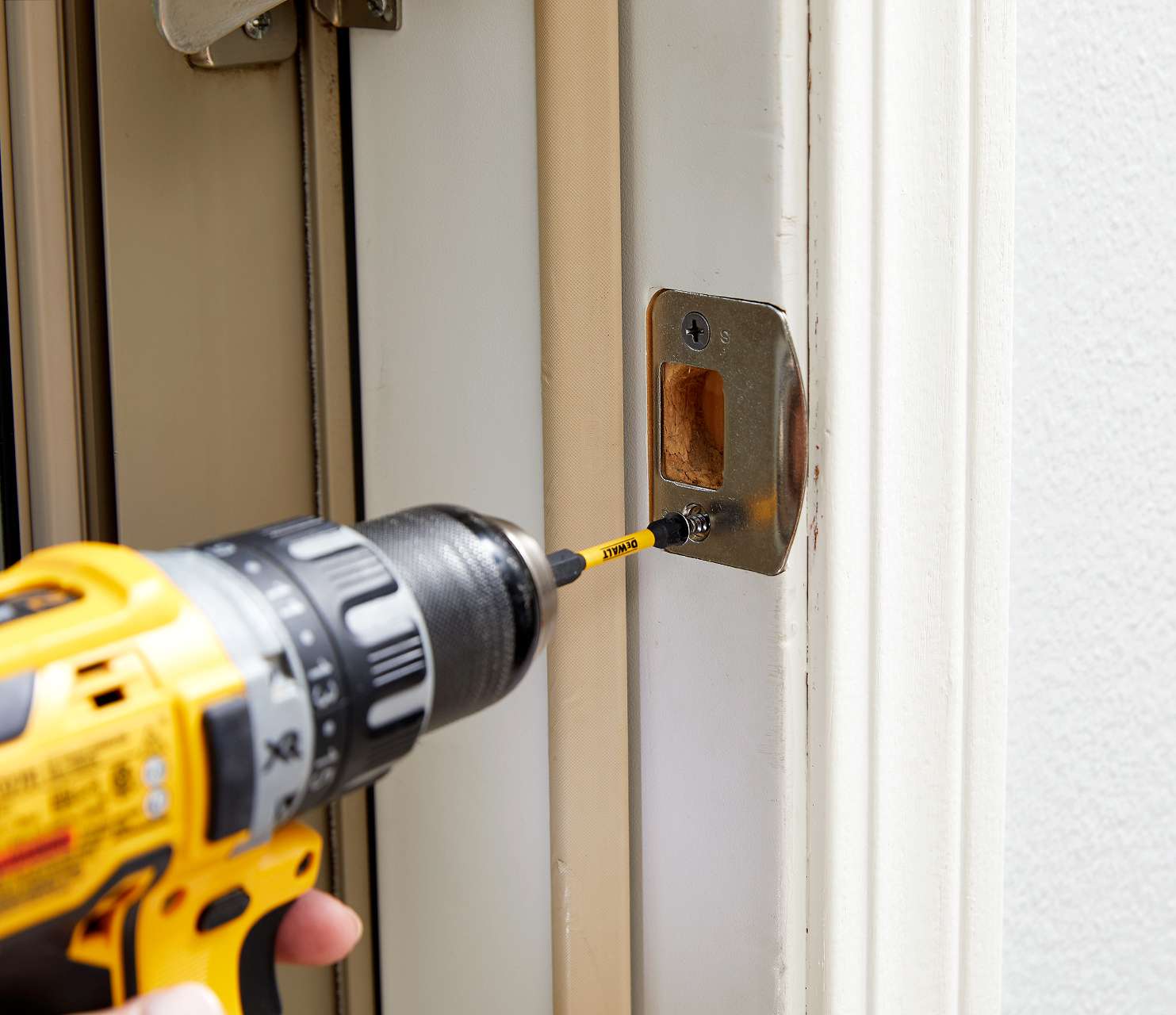
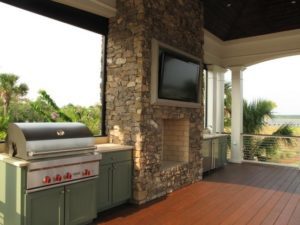
 Gas, however, is more convenient than wood. With a gas fireplace insert, starting a fire is as easy as flipping a switch. Controls allow you to adjust the flame level and therefore the amount of heat produced by the unit. A fireplace run on gas also requires no cleaning of ashes and wood chips from the firebox.
A fireplace insert as an accent to your home décor
Armed with the dimensions of your fireplace and the knowledge of what type of fuel you want to burn, the next step is a more creative one. With the many styles and finishes of fireplace inserts, it won’t be hard to select a model that compliments the design of your fireplace and your overall room décor.
Also consider the features you prefer. Here are a few of the options with a new insert:
Gas, however, is more convenient than wood. With a gas fireplace insert, starting a fire is as easy as flipping a switch. Controls allow you to adjust the flame level and therefore the amount of heat produced by the unit. A fireplace run on gas also requires no cleaning of ashes and wood chips from the firebox.
A fireplace insert as an accent to your home décor
Armed with the dimensions of your fireplace and the knowledge of what type of fuel you want to burn, the next step is a more creative one. With the many styles and finishes of fireplace inserts, it won’t be hard to select a model that compliments the design of your fireplace and your overall room décor.
Also consider the features you prefer. Here are a few of the options with a new insert:





